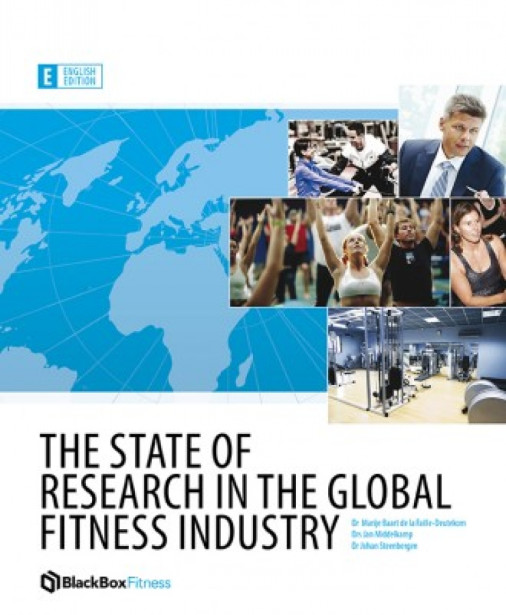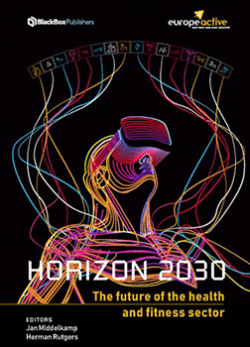My account

The state of research in the global fitness industry - English Edition
€34.95
In stock
When it comes to successfully managing a gym there is a lot to take into consideration. You probably have questions from time to time about how you can get most out of your business. You might have questions about retention. For example: “Which factors affect how long somebody remains a member of my club?”. Or questions about marketing: “In which way can I find the most new members?”. Also questions about which personnel you should hire and about new trends such as personal training (PT), will likely have crossed your mind. You have probably also wondered how effective your trainings are, and whether or not your members are healthier than the average population. In order to find answers to these questions, you probably collect information through industry associations, your colleagues and of course your own experience. However, there are very interesting (scientific) studies that can help you further. The problem with these studies is that they cannot always be found, can be difficult to read and the practical applicability is often limited. The reliability of these studies is high, though. When it comes to scientific studies, there is a transparent methodology to collect information and conclusions are made based on objective measurable facts. In the fitness industry, things sometimes go a bit differently: urban myths are frequently spread or experiences are shared that are unique and only count for the specific situation of a specific company or entrepreneur. Generalising such experiences is, in many situations, highly doubtful. In this book (hardcover) more than 400 (scientific) studies on fitnessclubs are presented and discussed on 188 pages. Themes are: market size & industry data, member profiles, employees & competences, marketing, personal training, group fitness, cardiofitness, strength training, side effects, motivation & motives, member retention and loyalty and 30 pages with references. Authors: Dr Marije Baart, Drs Jan Middelkamp & Dr Johan Steenbergen.
add to cart



